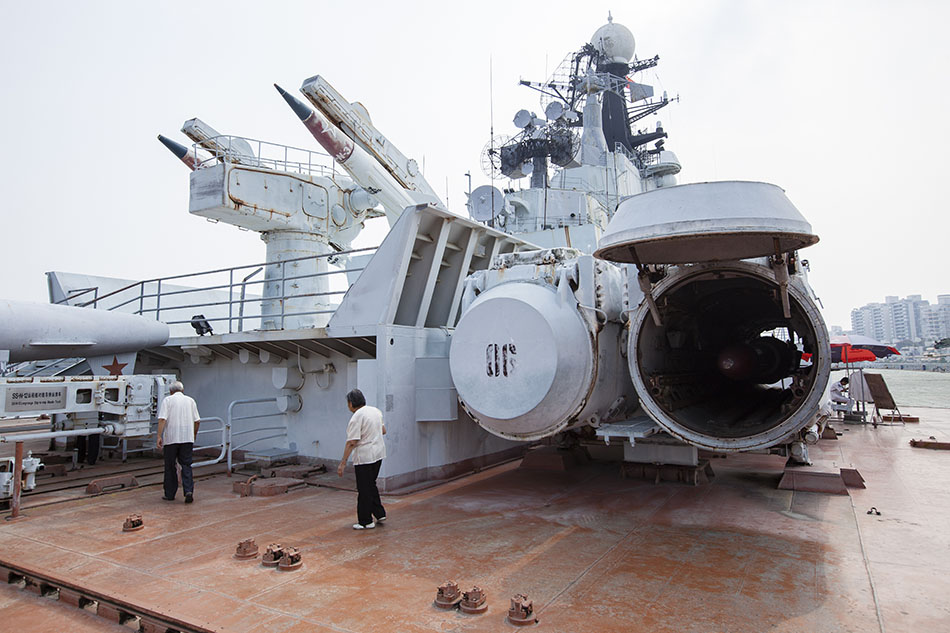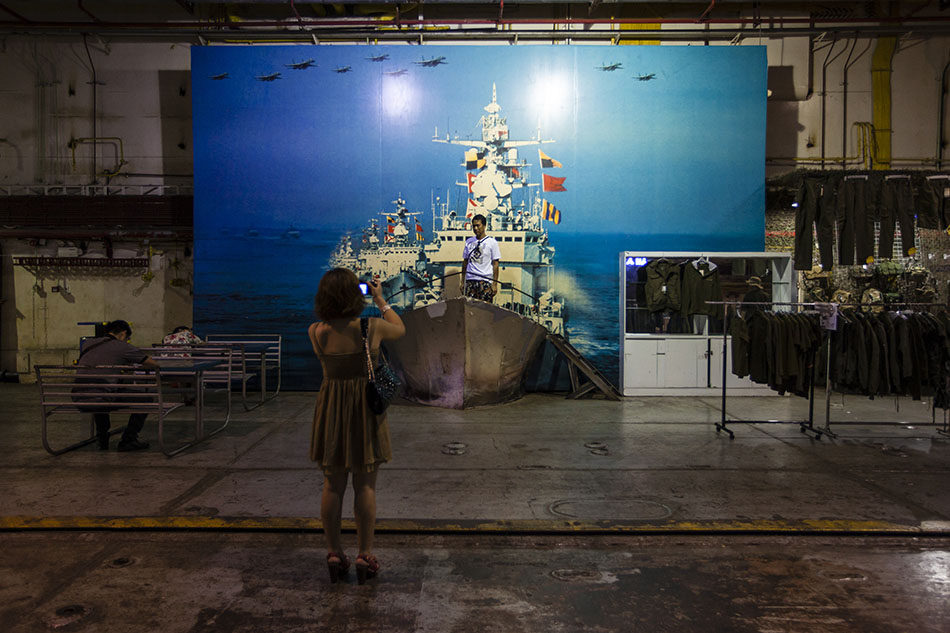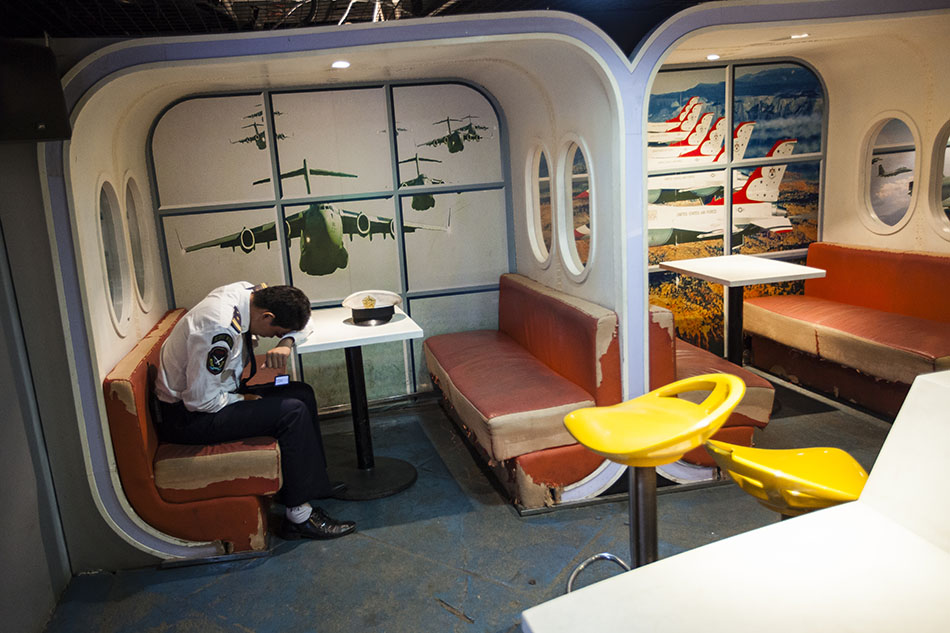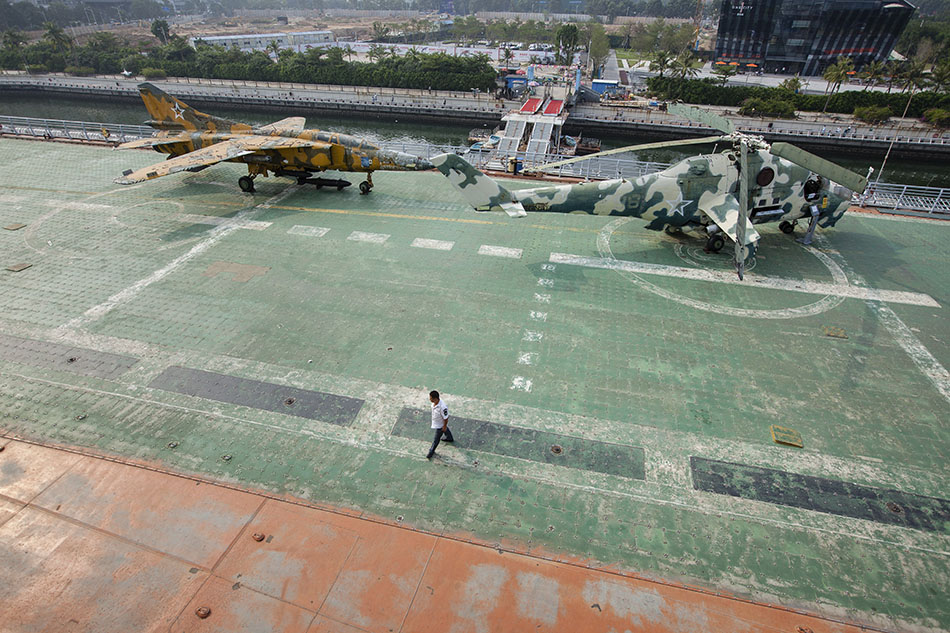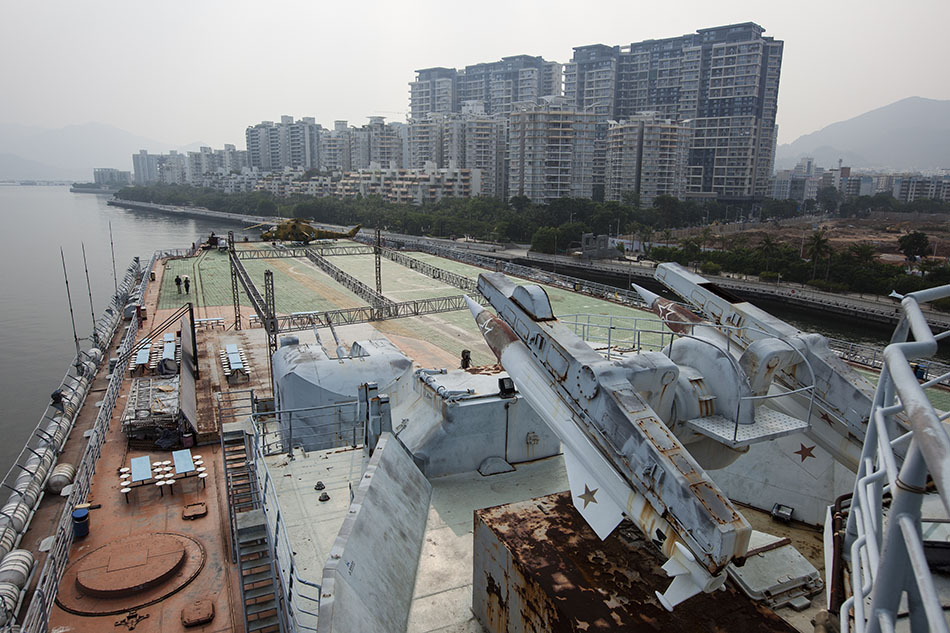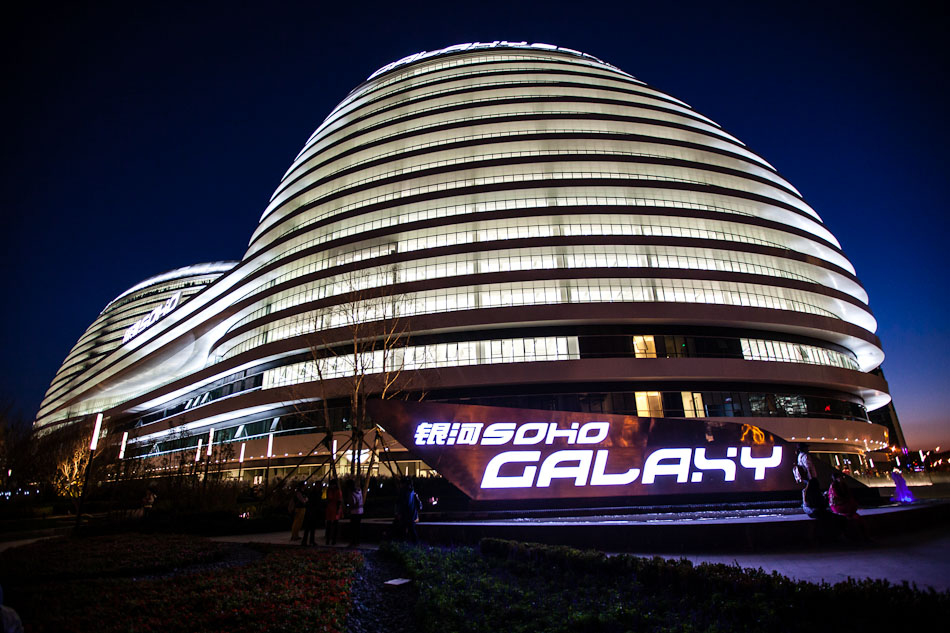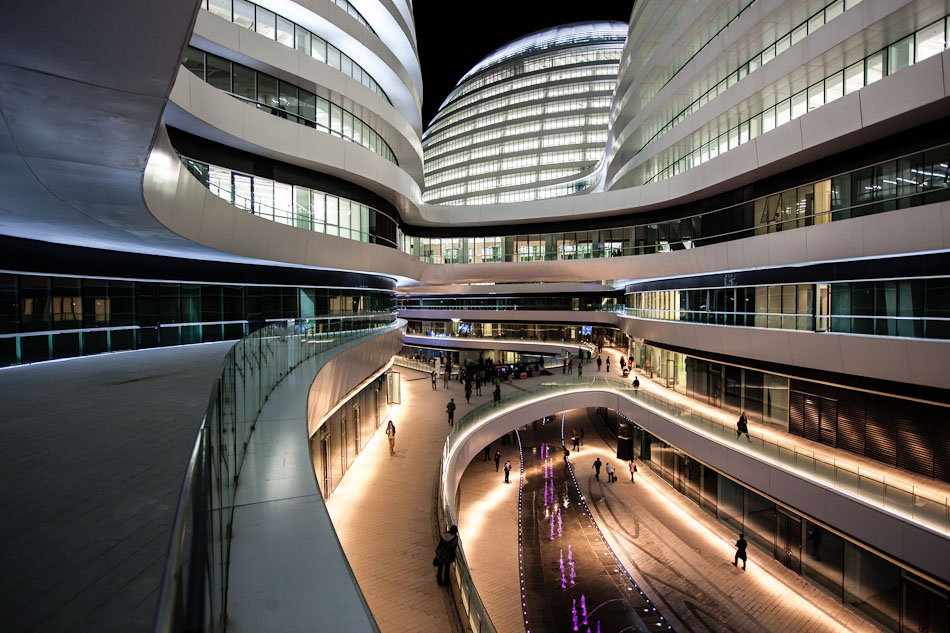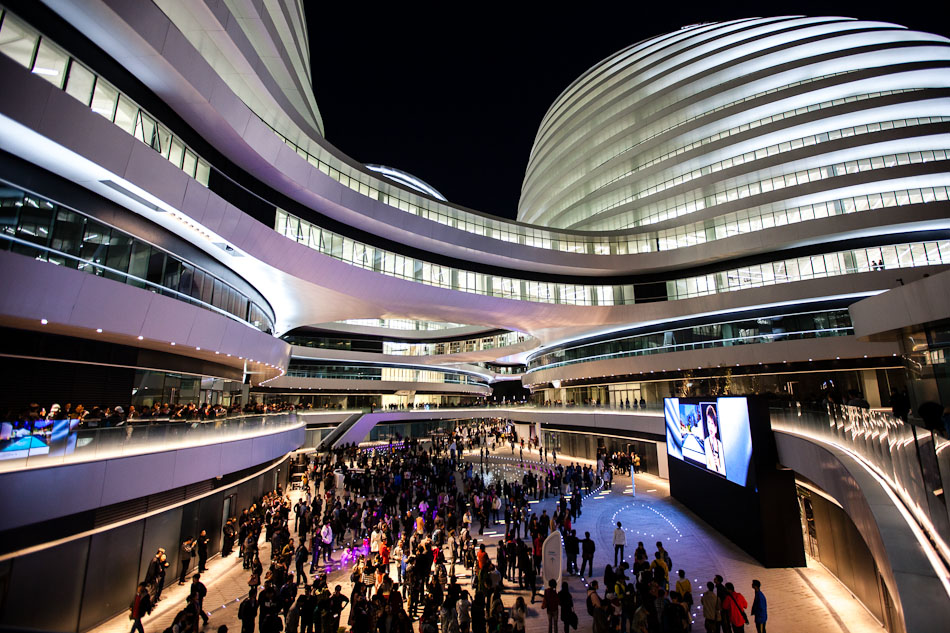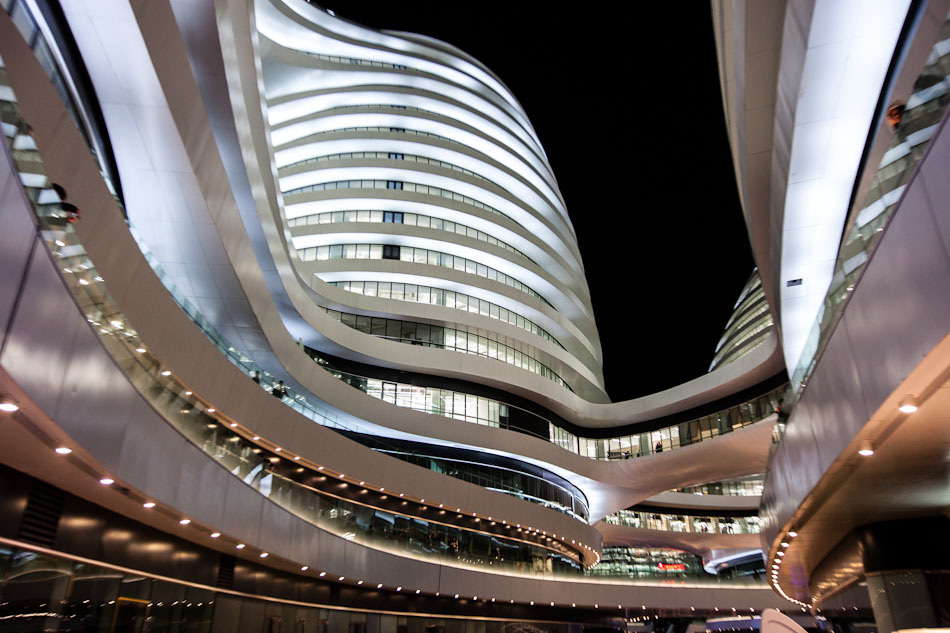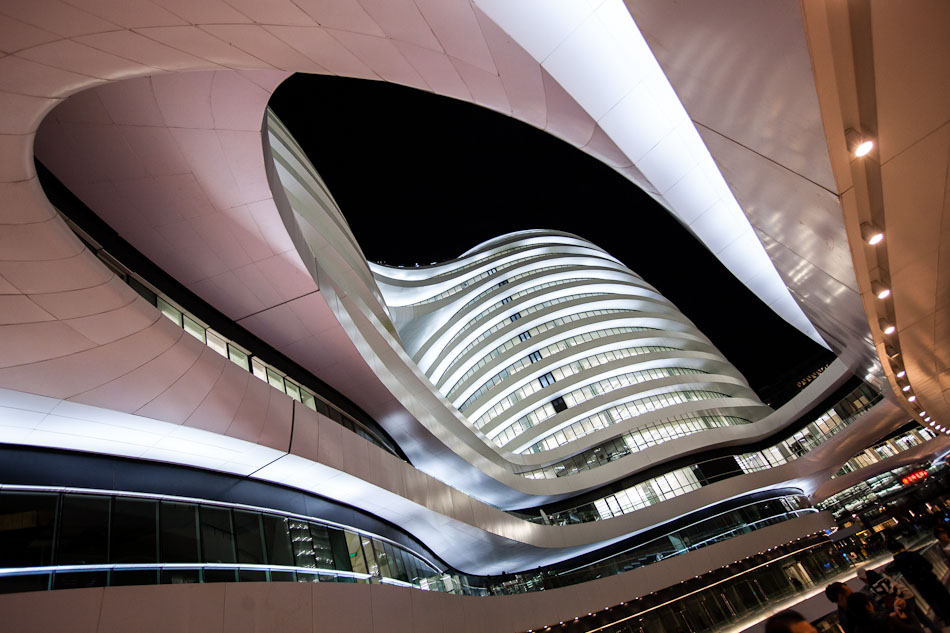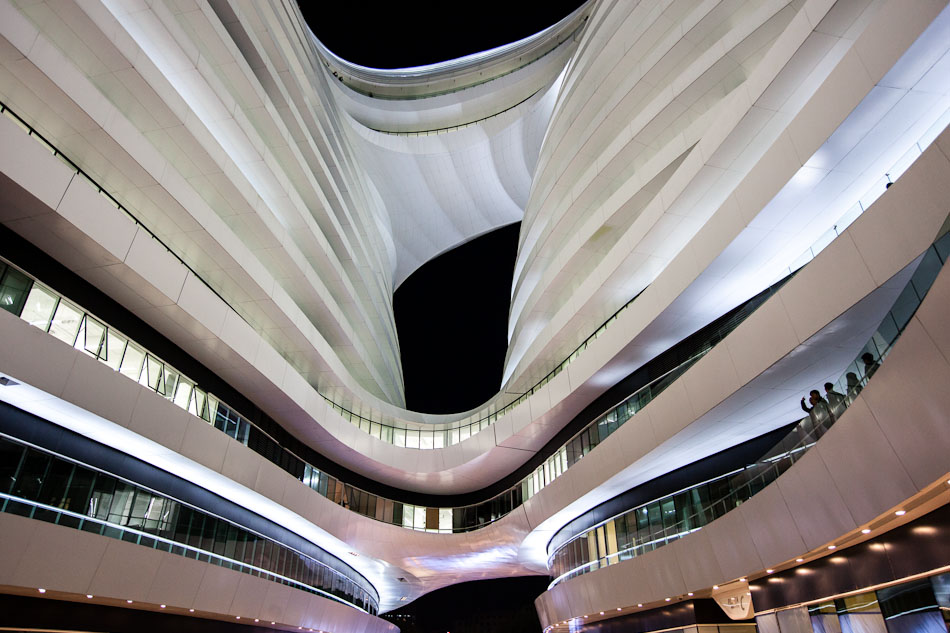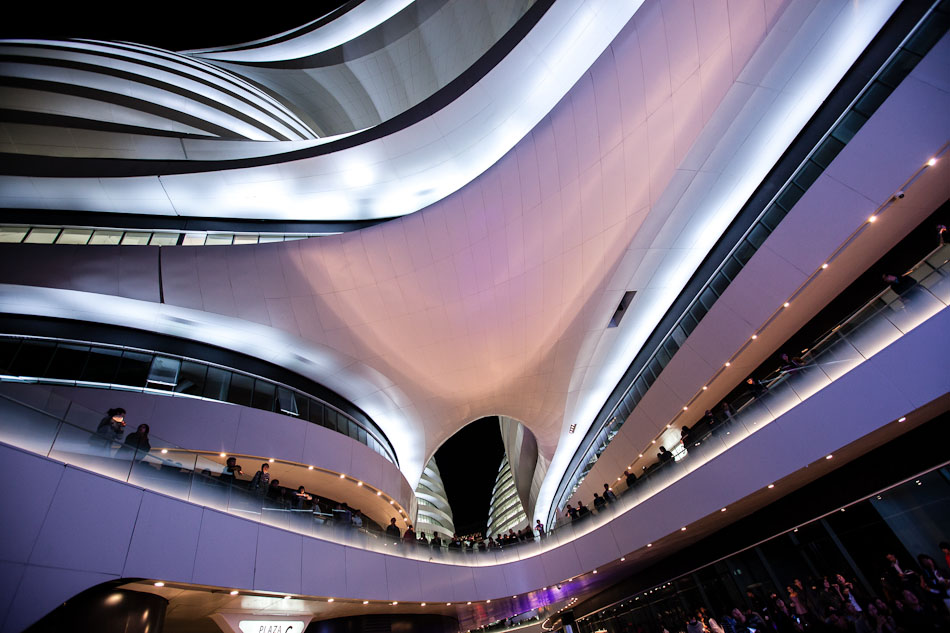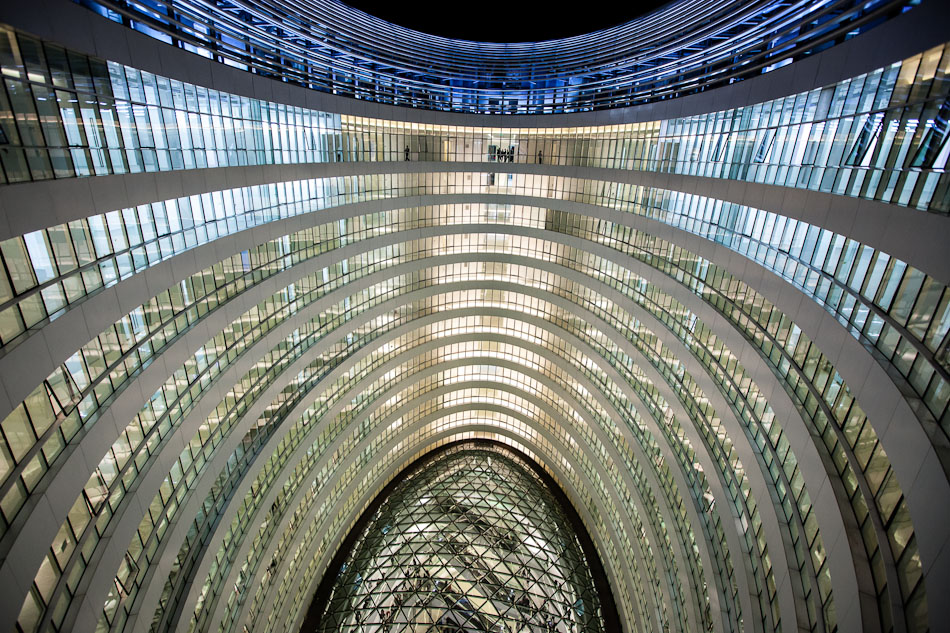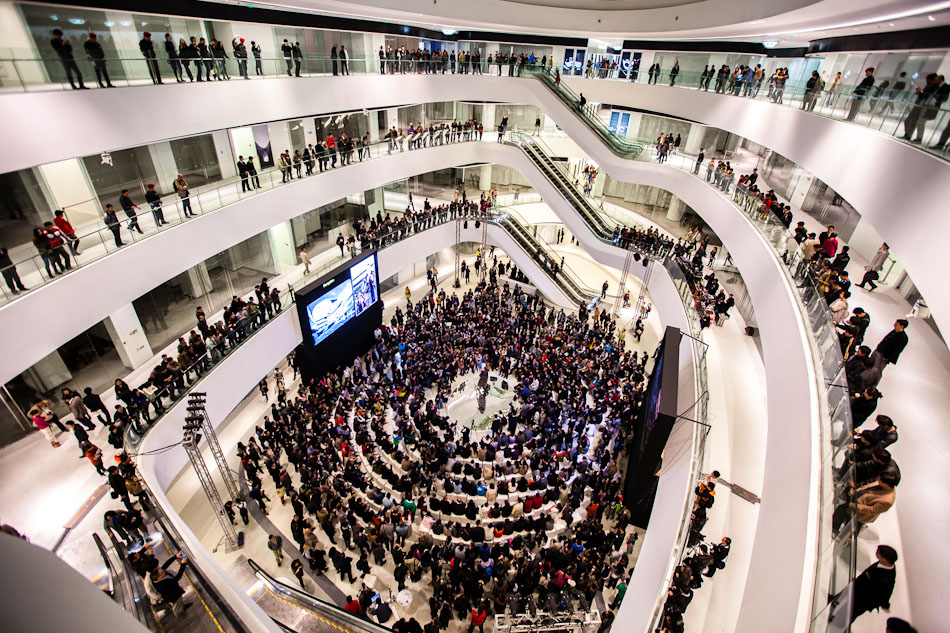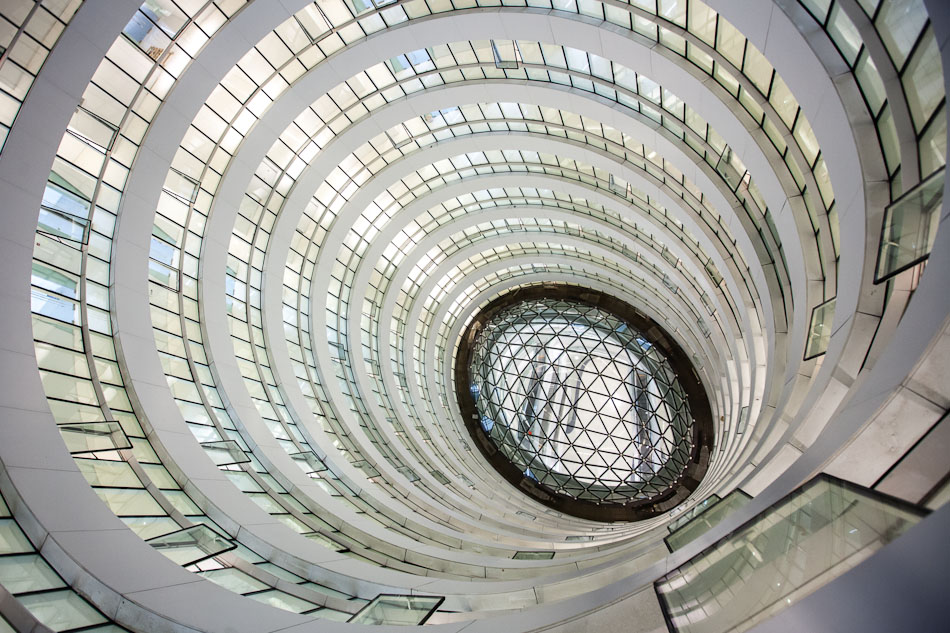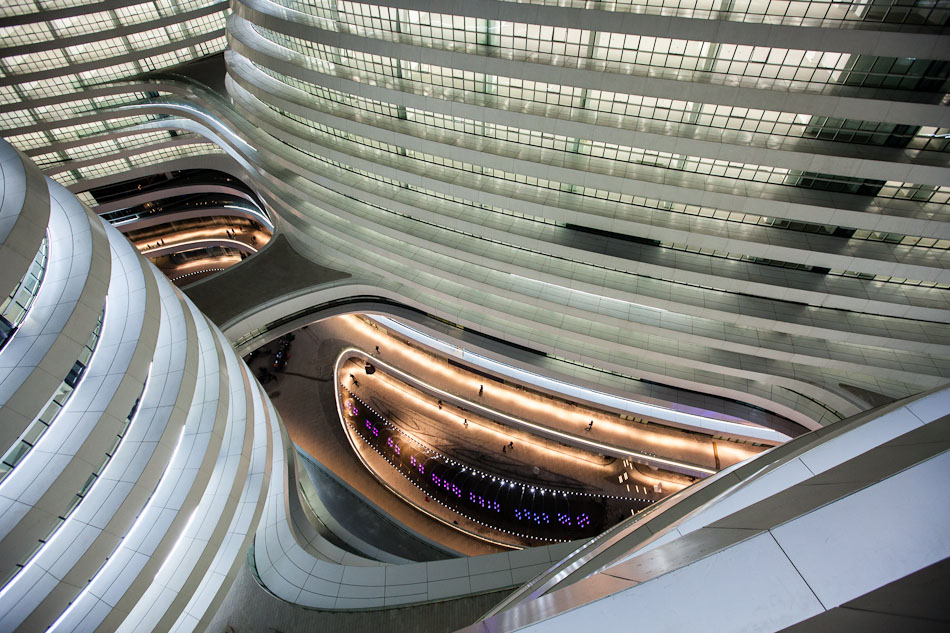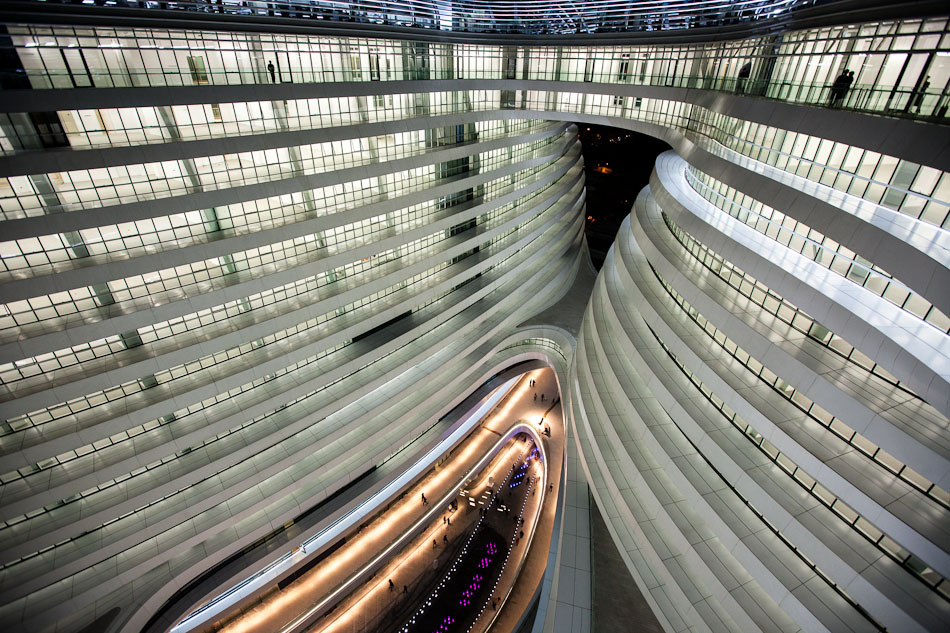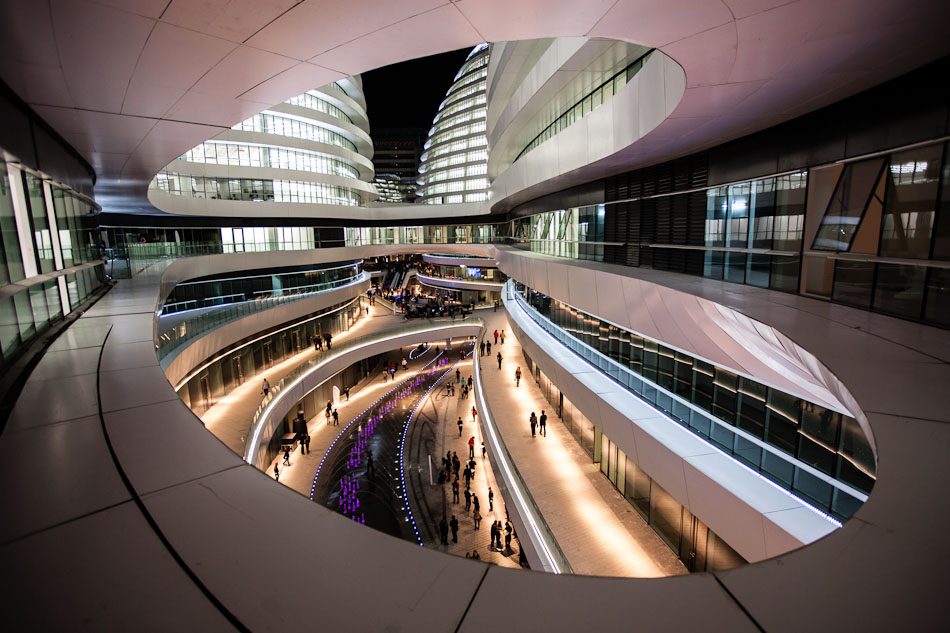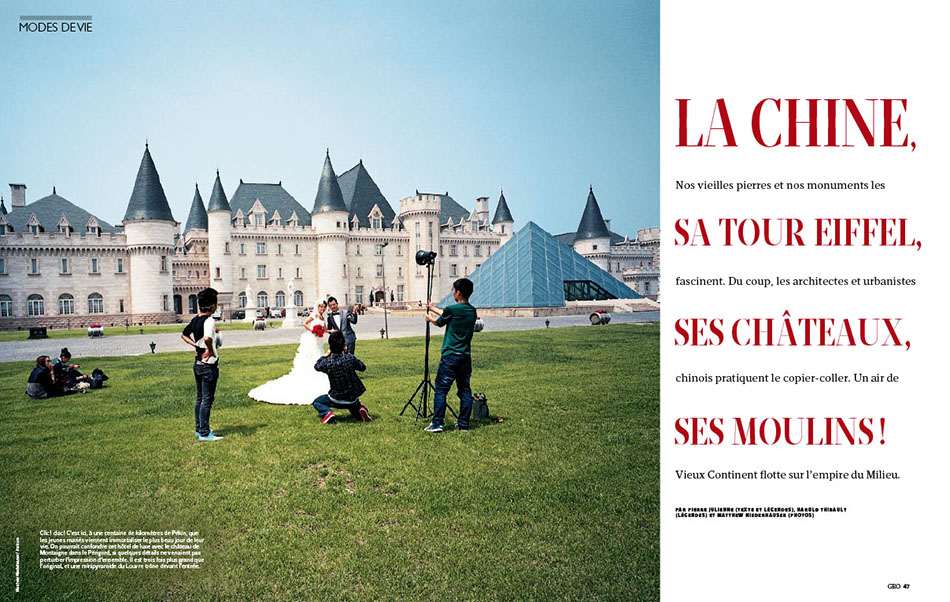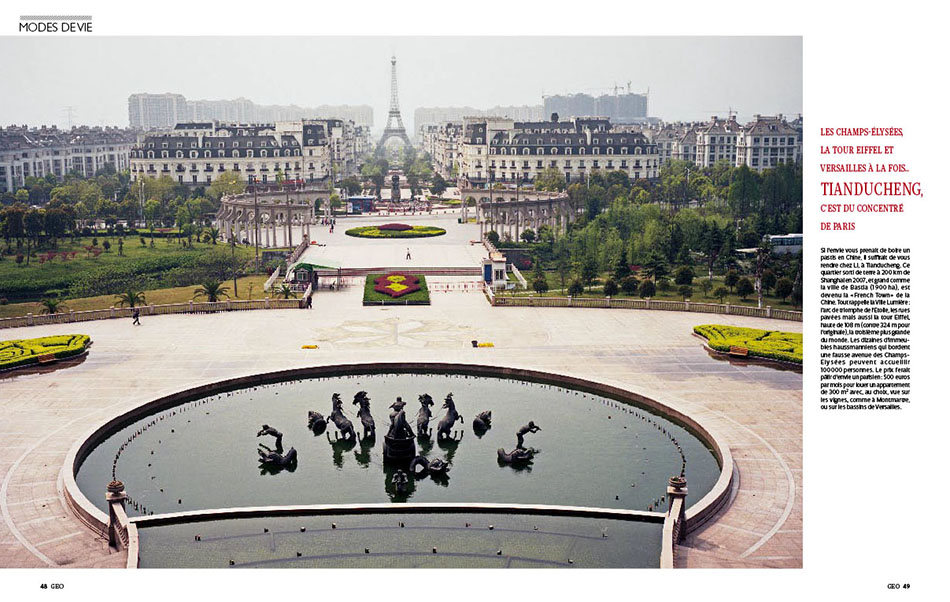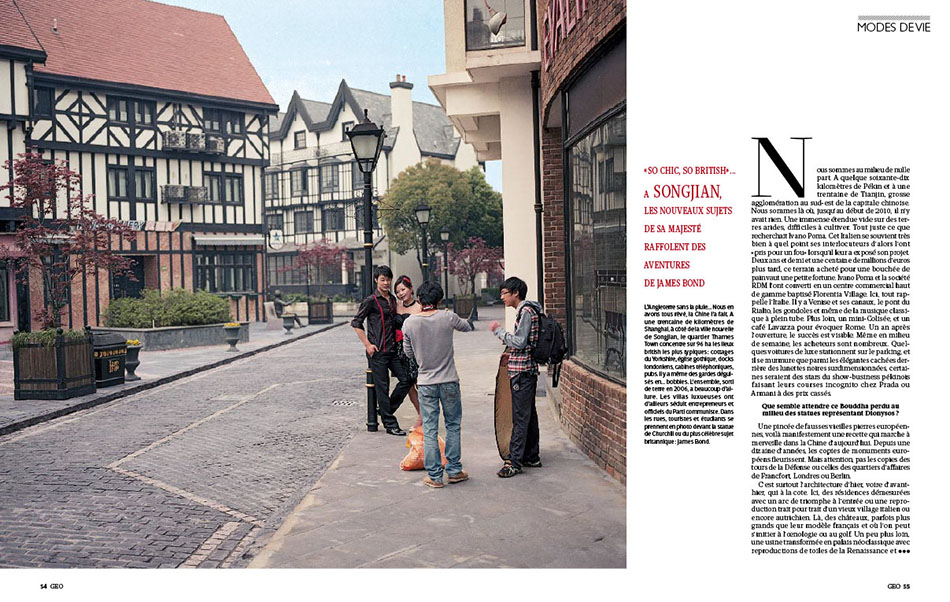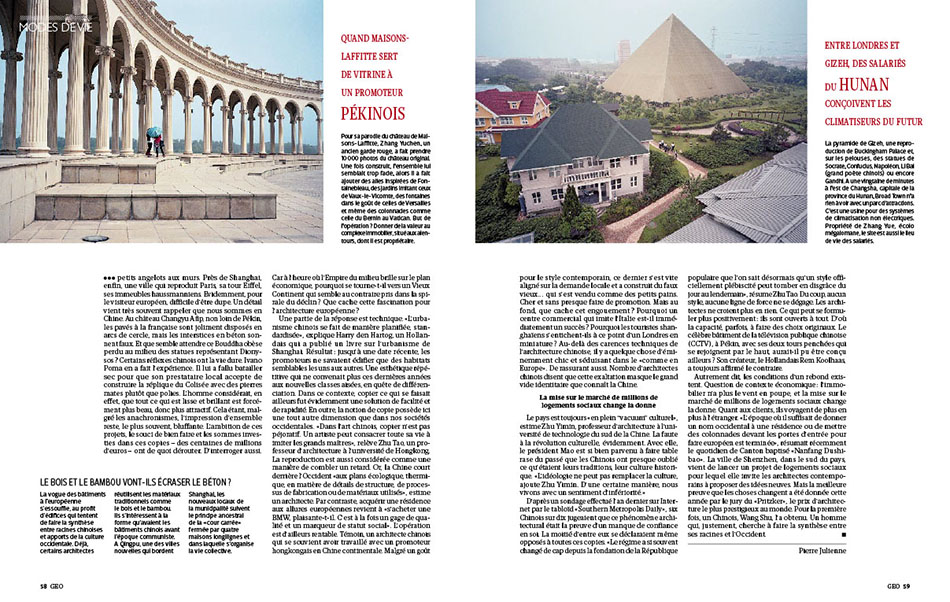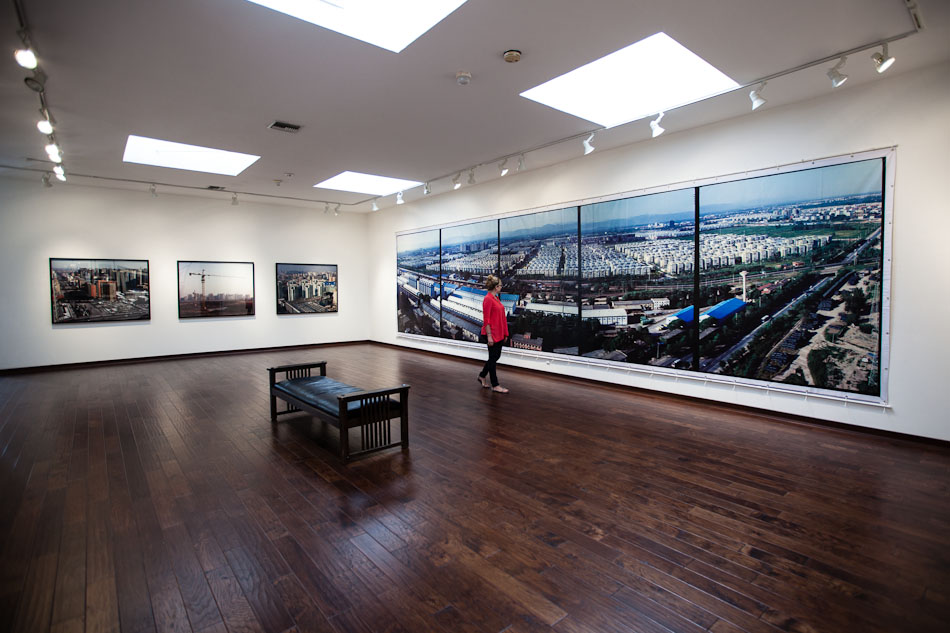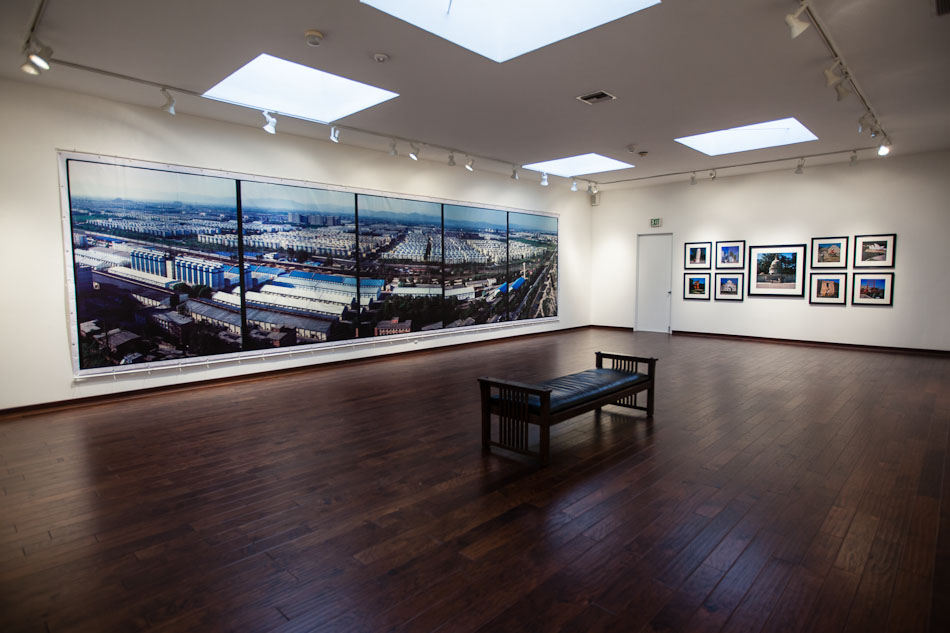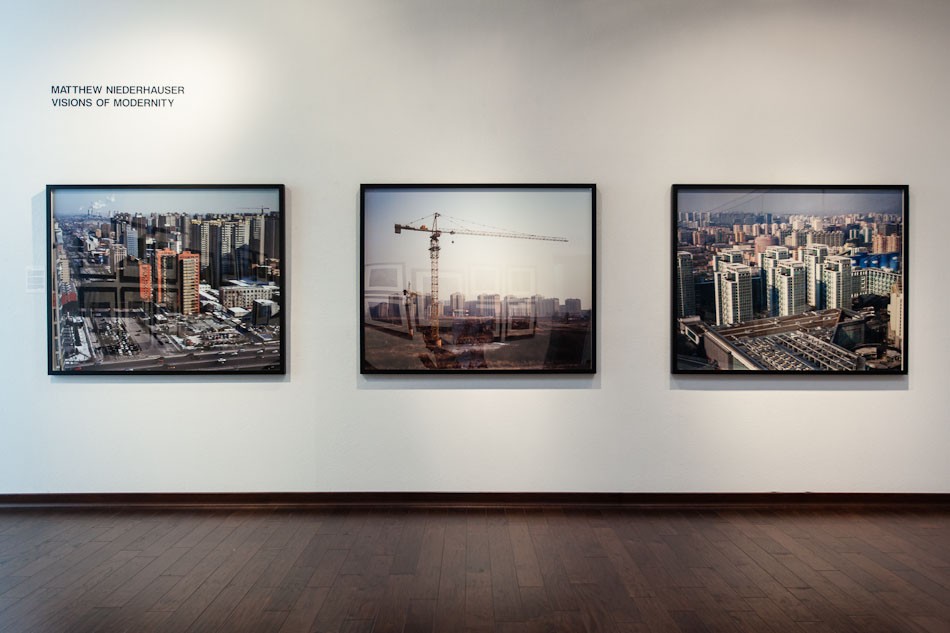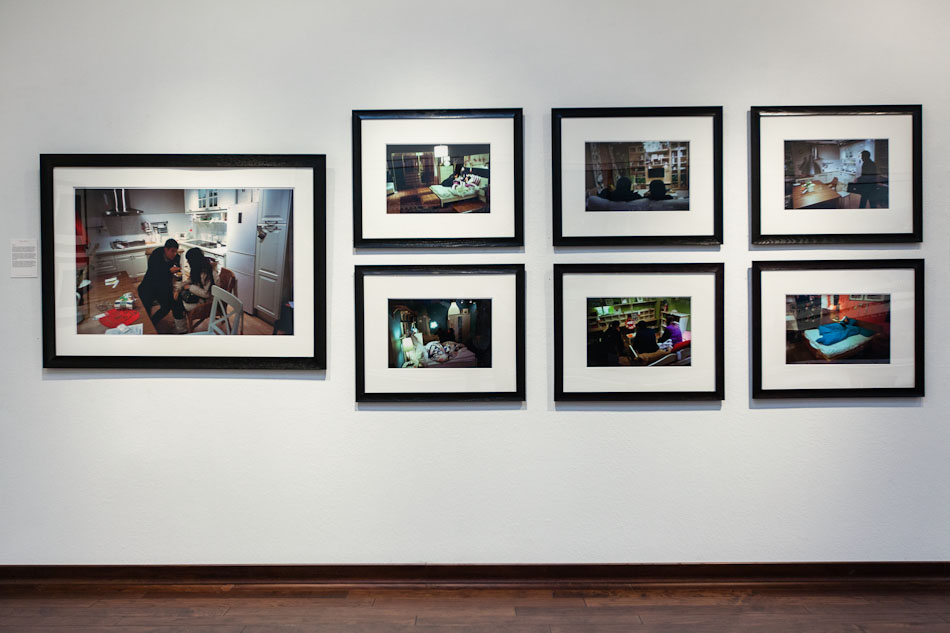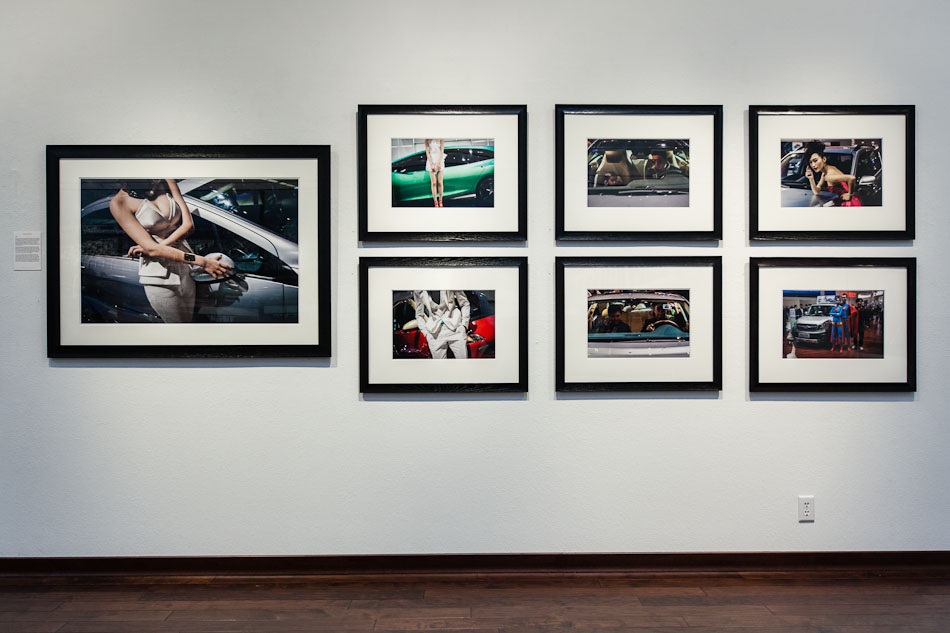It is with great pleasure that I announce the opening of my first solo exhibit at the Fahey/Klein Gallery in Los Angeles. The show delves into work from my Visions of Modernity project, exploring the unsustainable nature of urban development and consumerism in China. It also features new pieces printed on tarps that run up to 32 feet in length. I am very excited about the installation. It will be open until October 20, 2012 so please check it out if you are in the Los Angeles area. Here is the press release from the gallery:
MATTHEW NIEDERHAUSER
Visions of Modernity
September 6 through October 20, 2012
The Fahey/Klein Gallery is proud to present Matthew Niederhauser’s unique vision of China’s consumer awakening, Visions of Modernity. Comprised of four distinct series, this extraordinary documenting of Beijing’s rapid social, economic, and technological development in the first decade of the 21st century highlights the unique and idiosyncratic directions of China’s unprecedented growth into, as Niederhauser calls it, China’s “Gilded Age.” As a new capitalist ethos pervades Chinese culture, Niederhauser’s Visions of Modernity documents the complex, fraught, and often-ironic stages of this epic transformation.
“Megablocks,” the first series in the project, examines the formation of a new Beijing surrounding the capitol’s former imperial core, and with it, a new vision of modern China. Megablocks form as huge swaths of land are fashioned into towering apartment high-rises interwoven with malls and public spaces. Once built, they form distinct urban islands, bounded by grand avenues and hemmed in by larger highways. Their imposing and monotonous facades mark an elaborate transformation of social practices that continues to occur at an alarming pace across the city.
As megablocks become the status quo across Beijing, they not only drastically reshape the city, but also the manner in which people consume. In 2006, Ikea opened a massive 430,000 square foot location in Beijing, currently the third largest in the world. Stimulated by the construction boom and the increasingly materialistic nature of today’s China, Beijing proved fertile ground for Ikea’s economical but trendy furnishing. In “Homes,” the second series in Visions, shoppers’ desirous looks and gestures abound as they settle into couches, armchairs, and beds, “living” in Ikea’s numerous showrooms. Each photograph suspends the customers in their appropriated Ikea environments, as if they were in their own residences. Here, newfound nesting habits shaped by megablocks are satisfied.
In the new Beijing economy, no one wants to be a pedestrian, and vehicle purchases in China surpassed the United States for the first time in 2009. The biennial Beijing International Automotive Fair is ground zero for the consumer frenzy and ostentatious materialism of hundreds of thousands of Chinese car enthusiasts. Manufactures gather to capitalize on the seemingly insatiable demand for automobiles. Provocatively styled models strike poses in every booth while eager new consumers clamor to take a seat in their favorite vehicle in the giant exhibition halls. Niederhauser’s “Cars” series epitomizes the praxis of China’s reification and fetishism enabled by the increase of disposable income, opportunity, and a culture of consumption on overdrive.
But ownership is never enough, and acquisition does not quench the consumer drive. After Beijing’s nouveau riche tire of monotonous megablock apartments and endless traffic jams, they need a vacation. While a passport to the monuments and landmark of the world still signal the highest social status and opportunities of wealth, a favorite local travel destination for the upwardly mobile is the Beijing World Park. Tucked into the southwestern corner of the city, the Beijing World Park boasts over a hundred small-scale replicas of famous monuments and buildings from all over the world. The final series of the quartet, “Vacations,” captures staged encounters with objects of “modern” and “civilized” lifestyles, a bizarre artifact of the post-Communist materialism of China’s meteoric expansion.
Ultimately, Beijing serves as a template for China’s cultural ambition, and Visions of Modernity epitomizes the competing moral and cultural directions of the largest emerging capitalist market on the planet. Like many established first-world economies, the nouveau riche of Beijing spend most of their disposable income on homes, cars, and vacations. Niederhauser’s Visions frames the tension of desire and acquisition, the fantasy of consumer capitalism being lived out in the façades of Western imports. While China’s exploding population consolidates into ever increasing urban densities, the corresponding rise in wealth enables acquisition as fantasy fulfillment as a replacement for a culture being subsumed by mass-produced facsimiles of history, normalcy, and tradition. Visions of Modernity engages Beijing’s embrace of the mirage of consumer satisfaction, the quixotic pursuit of happiness through the possession of a never ending barrage of the new, the improved, the modern.
Matthew Niederhauser is an artist, photojournalist, and videographer currently chronicling the massive changes in Chinese culture. His photography has been featured in The New Yorker, National Geographic, New York Magazine, Newsweek, The New York Times, The NYT Magazine, Time, and several important international publications. He continues to develop his documentary projects in China and lives in New York when not abroad. This is his first show at the Fahey/Klein Gallery.



